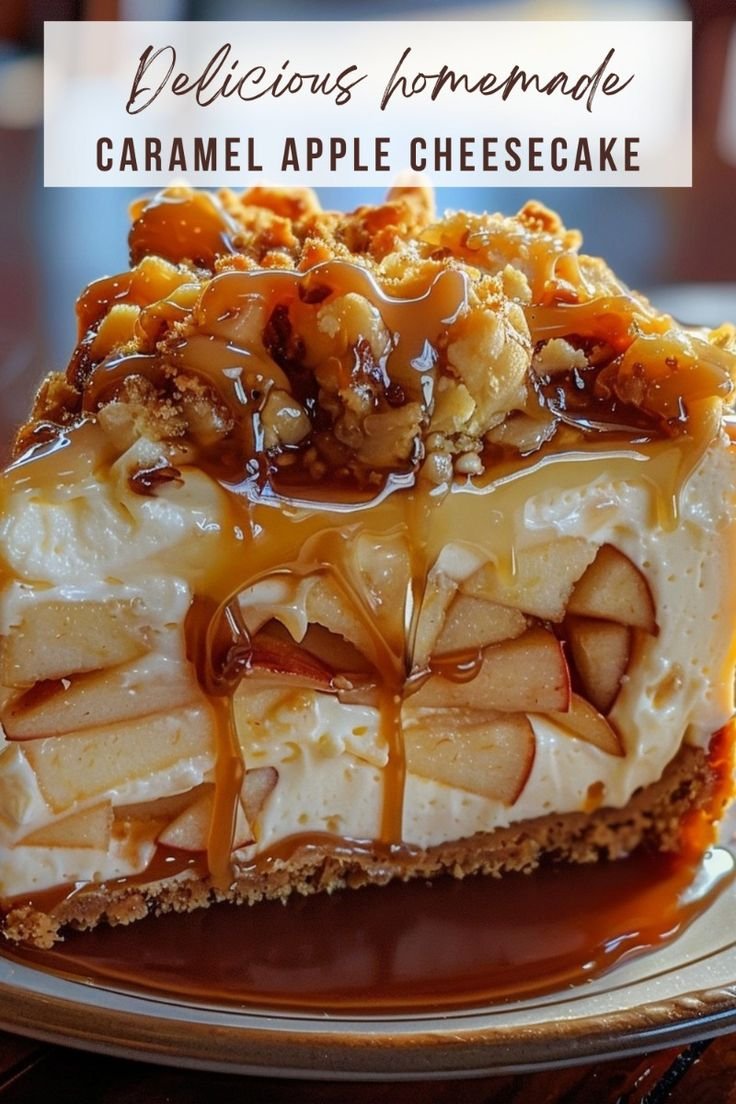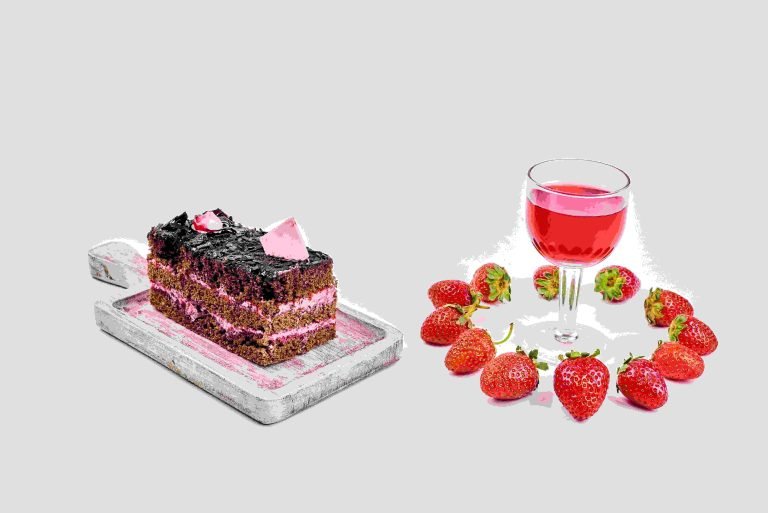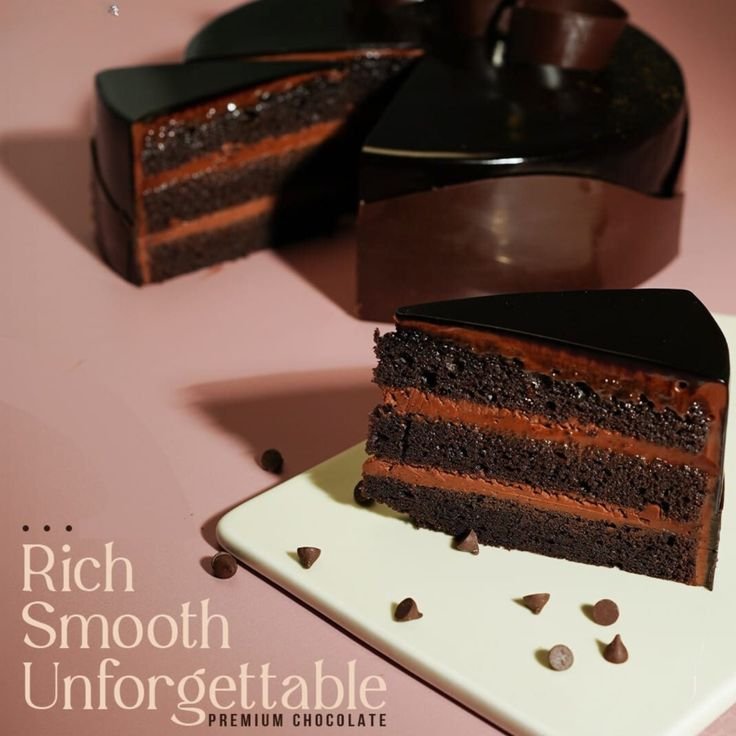The Best Fluffy Pancakes recipe you will fall in love with. Full of tips and tricks to help you make the best pancakes.
Looking for the perfect frosting to elevate your cakes and cupcakes? Look no further than Wilton’s Buttercream Frosting Recipe! This classic recipe has been a go-to for cake decorators and home bakers alike, thanks to its smooth texture and delicious taste. Whether you’re making a simple dessert or preparing for a special occasion, Wilton’s Buttercream Frosting is easy to whip up and can be customized with different flavors or colors to match your theme.
The best part? It holds up beautifully for piping, making it ideal for intricate designs or simple swirls. With just a few ingredients, including butter, powdered sugar, and a splash of vanilla, you can create a frosting that’s both rich and creamy.
If you’re new to cake decorating or just want a reliable frosting recipe, Wilton’s Buttercream Frosting Recipe is a must-try for anyone looking to add a touch of sweetness and creativity to their baked goods. #WiltonsButtercreamFrosting #ButtercreamFrosting #CakeDecorating
Ingredients of Wilton’s Buttercream Frosting Recipe
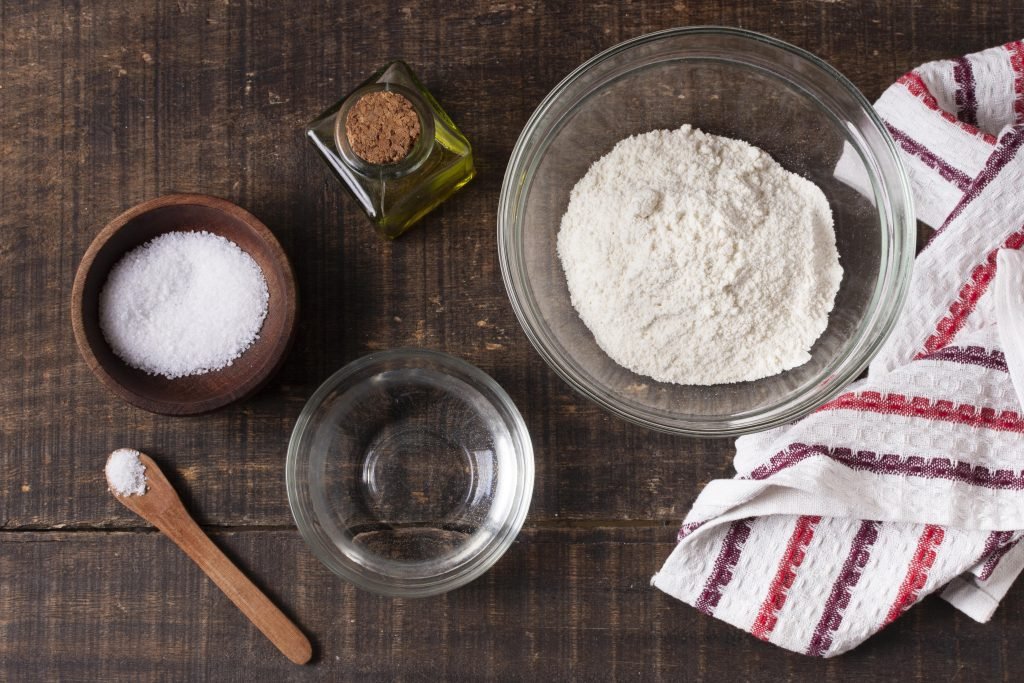
Wilton’s Buttercream Frosting Recipe is a favorite among bakers for its simplicity and versatility. The ingredients are easy to find, and when combined, they create a rich, smooth frosting that’s perfect for decorating cakes and cupcakes. Let’s dive into the key components that make this frosting so special.
Butter
The main ingredient in Wilton’s Buttercream Frosting Recipe is butter. Butter is essential for giving the frosting its creamy, smooth texture and a rich flavor. It helps create a luscious consistency that spreads easily and holds up well for intricate piping designs.
It’s important to use unsalted butter for the best flavor control, as this allows you to manage the amount of salt in your frosting. Always remember to soften your butter to room temperature before mixing, as this ensures a smooth blend with the other ingredients.
Powdered Sugar
Powdered sugar, also known as confectioners’ sugar, is the key to making the frosting thick and sweet. It dissolves quickly and easily, ensuring a smooth, lump-free texture. The sweetness of powdered sugar balances the richness of the butter, creating a frosting that isn’t too heavy but still packs plenty of flavor. Wilton’s recipe calls for a generous amount of powdered sugar to achieve the right texture for decorating and spreading.
Milk or Water
To get the perfect consistency for your frosting, you’ll need a liquid component—either milk or water. Milk adds a slight richness to the frosting and makes it creamier, while water will create a lighter, more delicate texture.
Depending on the consistency you want, you can adjust the amount of liquid. For a thicker frosting that holds its shape for piping, use less liquid. For a smoother, more spreadable texture, you can add more milk or water to achieve the right balance.
Vanilla Extract
Vanilla extract is the flavoring agent in Wilton’s Buttercream Frosting Recipe, and it enhances the overall sweetness of the frosting. A small amount goes a long way in adding depth to the flavor. While vanilla is the classic choice, you can experiment with other extracts like almond, lemon, or coconut if you’re looking for a different flavor profile.
Shortening (Optional)
Some bakers opt to include shortening in their buttercream frosting to improve its stability. Shortening helps the frosting hold up better in warmer temperatures and makes it firmer, making it ideal for intricate piping and detailed designs. If you prefer a fully buttery flavor, you can skip the shortening and rely entirely on butter for your frosting.
With these simple ingredients, Wilton’s Buttercream Frosting Recipe offers both reliability and versatility, ensuring that your baked goods will be both beautiful and delicious.
Step-by-Step Instructions to Make Buttercream Frosting Recipe
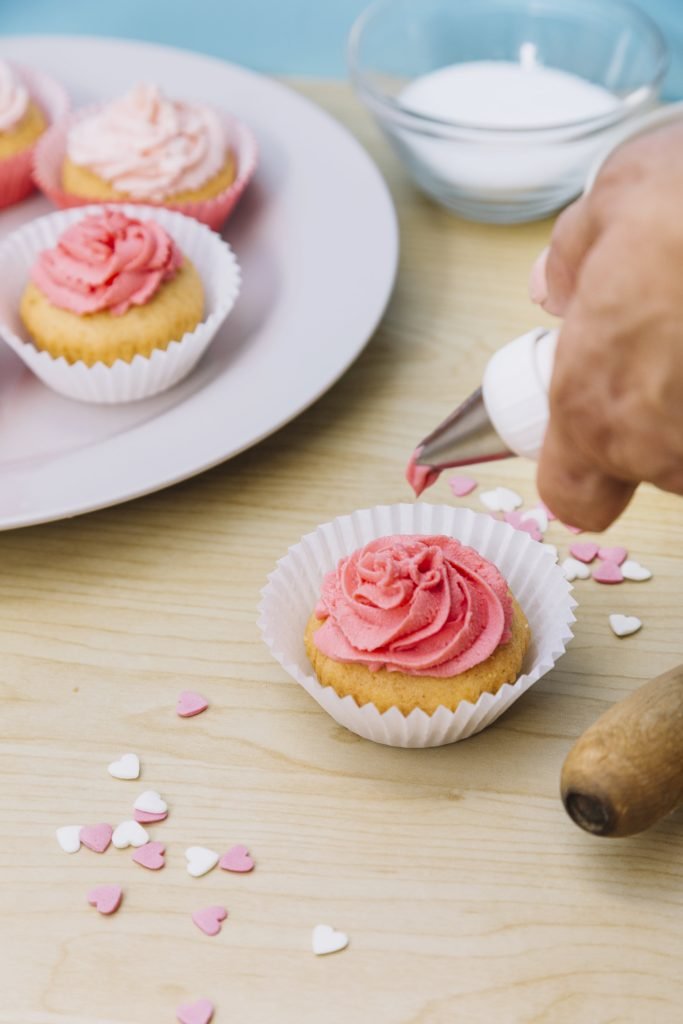
Making the perfect buttercream frosting doesn’t need to be complicated. With a few simple steps, you can achieve a creamy, smooth frosting that’s ideal for decorating cakes, cupcakes, and other sweet treats. Follow these easy instructions to create Wilton’s Buttercream Frosting Recipe, and you’ll have a batch of frosting ready for all your decorating needs.
Step 1: Gather Your Ingredients
Before starting, make sure you have all the ingredients on hand. You will need:
- 1 cup (2 sticks) of unsalted butter, softened to room temperature
- 4 cups of powdered sugar (sifted to remove lumps)
- 2–4 tablespoons of milk (or water for a lighter version)
- 2 teaspoons of vanilla extract (or any other extract of your choice)
- 1/4 cup of shortening (optional, for firmer frosting)
Step 2: Beat the Butter
The first step is to beat the butter. Place your softened butter into the bowl of a stand mixer or a large mixing bowl if using a hand mixer. Use the paddle attachment (or beaters if using a hand mixer) and beat the butter on medium speed for about 3–4 minutes. You want the butter to become light and fluffy, with a pale yellow color. This step helps to create a smooth base for the frosting and adds to the creamy texture.
Step 3: Add Powdered Sugar Gradually
Next, add the sifted powdered sugar to the butter in small increments. Start by adding about 1 cup of powdered sugar at a time. Mix the butter and powdered sugar on low speed to prevent the sugar from flying out of the bowl.
Once incorporated, increase the speed to medium and mix until fully combined. Repeat the process until all the powdered sugar is added. This gradual addition ensures that the frosting stays smooth and doesn’t become too grainy.
Step 4: Add Milk and Vanilla Extract
After all the powdered sugar has been mixed in, it’s time to add the liquid ingredients. Start by adding 2 tablespoons of milk (or water) and the vanilla extract. Beat the mixture on low speed until everything is incorporated, then increase the speed to medium. Continue mixing for another 2–3 minutes, or until the frosting becomes light and fluffy.
At this stage, the frosting should be smooth, but if it feels too thick, add more milk (a tablespoon at a time) to reach your desired consistency. For a firmer frosting that holds its shape for piping, you can reduce the amount of milk.
Step 5: Adjust Consistency
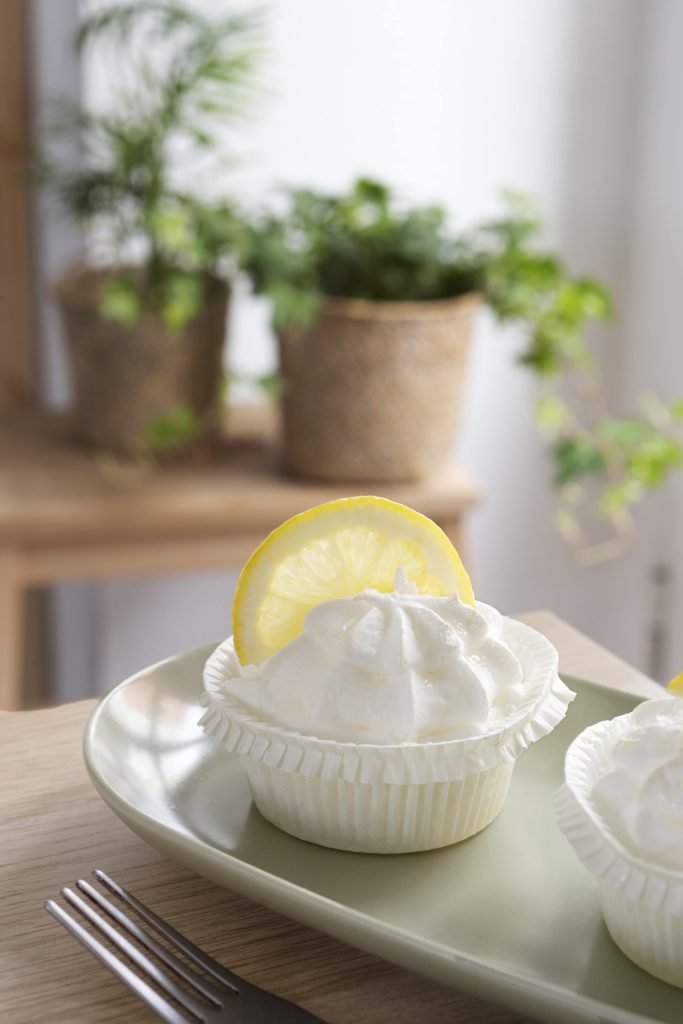
Wilton’s Buttercream Frosting is known for its versatility, allowing you to adjust the consistency based on your decorating needs. If the frosting is too thin for piping or spreading, add more powdered sugar a little at a time. If it’s too thick, add more milk or water, one tablespoon at a time, until you reach the perfect consistency.
If you prefer a stiffer frosting for intricate piping designs, you can also add shortening to the mixture. This will help the frosting hold its shape and prevent it from softening too much in warm conditions.
Step 6: Color and Flavor (Optional)
If you want to add color to your buttercream frosting, this is the perfect time to do it. Use gel food coloring for vibrant hues without altering the consistency of the frosting. Add a small amount of color, then mix thoroughly until you achieve the desired shade.
You can also experiment with different flavors by swapping the vanilla extract for other extracts, such as almond, lemon, or mint. Just be sure to adjust the flavoring to your taste.
Step 7: Use or Store the Frosting
Once your frosting is perfectly mixed and at the right consistency, you can use it immediately to frost cakes or cupcakes. If you’re not ready to use it yet, you can store it in an airtight container. The frosting can be kept at room temperature for up to 2 days or refrigerated for up to 1 week. If refrigerated, allow the frosting to come to room temperature before using, and give it a quick mix to restore its smooth texture.
Final Tips for Success
- Softened Butter: Make sure your butter is softened to room temperature for the best results. Cold butter can create lumps in the frosting.
- Sift Your Powdered Sugar: Sifting helps prevent clumps in the frosting, ensuring a smooth and creamy texture.
- Use a Stand Mixer: While you can use a hand mixer, a stand mixer with the paddle attachment will make the process faster and more efficient.
- Experiment with Flavors: Don’t be afraid to experiment with different extracts and flavorings to customize your buttercream frosting.
By following these simple steps, you’ll be able to create a batch of Wilton’s Buttercream Frosting that’s perfect for any occasion, from birthdays to weddings and everything in between.
Tips and Tricks for Perfect Wilton’s Buttercream Frosting
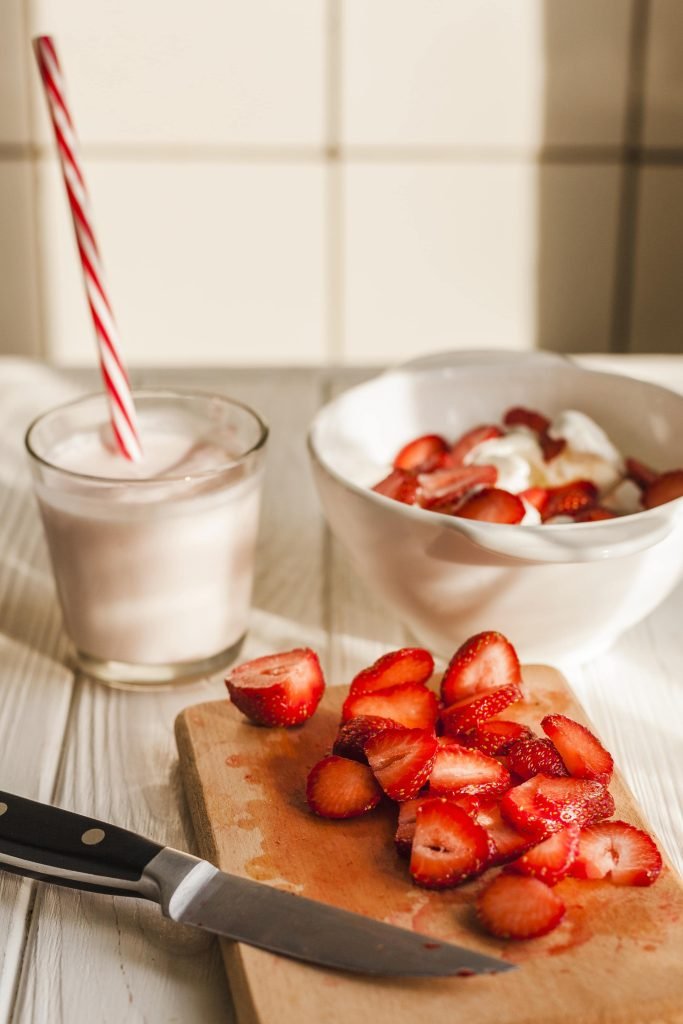
Achieving the perfect Wilton’s Buttercream Frosting is easy with the right techniques. Whether you’re decorating a cake for a special occasion or simply enjoying a sweet treat, these tips and tricks will help you create smooth, creamy frosting every time.
Softened Butter is Key
The key to a smooth and creamy buttercream frosting is softened butter. Cold butter can cause your frosting to become lumpy and difficult to mix, while overly soft or melted butter can make it too runny. Allow your butter to sit at room temperature for about 30 minutes before using it. The butter should be soft but not greasy or melted, ensuring a smooth blend with the powdered sugar.
Sift the Powdered Sugar
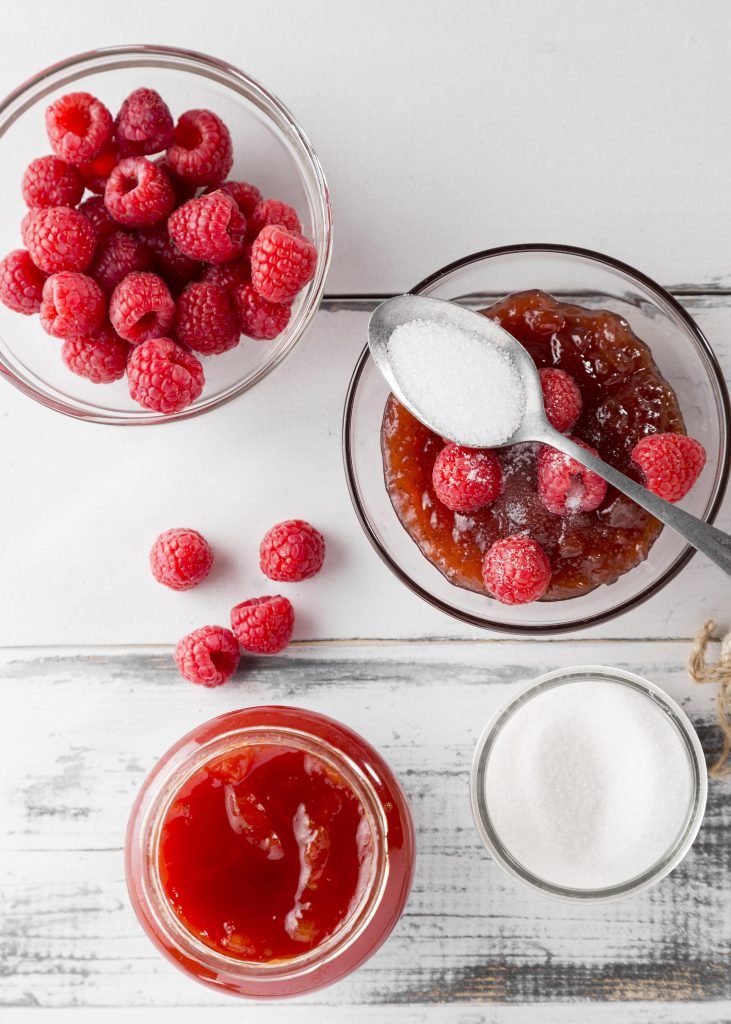
Sifting your powdered sugar is a simple yet effective step to ensure a silky-smooth frosting. Powdered sugar can sometimes contain lumps, and sifting it before adding it to the butter prevents those lumps from getting into your frosting. This step helps create the smooth, airy texture that Wilton’s Buttercream Frosting is known for, resulting in a flawless finish.
Adjust the Consistency as Needed
One of the best features of Wilton’s Buttercream Frosting is its versatility. Depending on your decorating needs, you may want the frosting to be thicker or thinner. If you’re piping intricate designs or flowers, reduce the amount of liquid for a firmer consistency.
For spreading on cakes or cupcakes, add a little more milk or water to achieve a smoother, spreadable texture. Always add the liquid slowly, one tablespoon at a time, to avoid making the frosting too runny.
Use Gel Food Coloring
For vibrant colors that don’t alter the consistency of your frosting, opt for gel food coloring. Unlike liquid food coloring, gel food coloring is more concentrated, so you only need a small amount to achieve rich, deep hues. It also won’t cause your frosting to thin out, making it ideal for both decorating and coloring. Start with a tiny drop and mix well, adjusting the amount until you get your desired shade.
Avoid Overmixing the Frosting
While you want to thoroughly mix your buttercream, overmixing can cause the frosting to become too soft and lose its structure. Mix the ingredients until the frosting is smooth and fluffy, but avoid beating it for too long. Overbeating can introduce too much air into the frosting, making it unstable for piping. Once the frosting is light and airy, stop mixing.
FAQs
What Is Wilton’s Buttercream Frosting Recipe?
Wilton’s Buttercream Frosting Recipe is a smooth, creamy frosting that’s ideal for cake decorating. Made from a combination of butter, powdered sugar, milk (or water), and vanilla extract, it’s versatile enough for a variety of uses.
You can pipe it onto cupcakes, cakes, and cookies, or simply spread it for a rich, sweet finish. This buttercream is particularly loved for its ability to hold its shape, making it perfect for intricate piping designs, flowers, and borders. Its simple ingredients and easy preparation make it a go-to for both beginner and experienced bakers.
How Do I Make Wilton’s Buttercream Frosting Less Sweet?
If you find Wilton’s Buttercream Frosting too sweet for your taste, there are a few ways to reduce the sweetness. One effective method is to decrease the amount of powdered sugar and increase the amount of butter. Adding more butter will balance out the sweetness, creating a smoother, less sugary flavor.
Another option is to reduce the amount of vanilla extract and opt for a flavored extract like almond or lemon, which can provide a more complex flavor and lessen the overall sweetness. Keep in mind that adjusting the ingredients may slightly alter the texture, so you may need to add small amounts of milk to adjust the consistency.
Can I Use Wilton’s Buttercream Frosting in Hot Weather?
Wilton’s Buttercream Frosting is stable enough for use in warm conditions, but the addition of shortening (a common variation in the recipe) helps make it even more heat-resistant. Shortening helps the frosting hold its shape and prevents it from softening too quickly, which is especially important in hot weather.
If you’re decorating a cake for an outdoor event or a warm climate, consider using a mixture of butter and shortening to ensure your frosting stays firm and doesn’t melt. Additionally, keep your frosted cakes or cupcakes in a cool, shaded area to preserve the frosting’s integrity.
How Can I Color Wilton’s Buttercream Frosting?
You can easily color Wilton’s Buttercream Frosting using gel food coloring. Gel coloring is highly concentrated and will not alter the consistency of the frosting, unlike liquid food coloring.
To color your frosting, start by adding a small amount of gel food coloring (about a toothpick’s worth) to the frosting, then mix it thoroughly. If you want a more vibrant color, gradually add more gel until you reach the desired shade. Remember, a little goes a long way, so start with small amounts and mix thoroughly before adding more.
How Long Can I Store Wilton’s Buttercream Frosting?
Wilton’s Buttercream Frosting can be stored for up to two days at room temperature in an airtight container, making it ideal for prepping ahead of time. If you need to store it for a longer period, refrigerate the frosting for up to a week.
Before using refrigerated frosting, let it come to room temperature and give it a quick stir to restore its smooth texture. If it seems too thick after refrigeration, you can add a little milk or water, one tablespoon at a time, to achieve the desired consistency. Avoid freezing the frosting, as it may change the texture upon thawing.
Conclusion
In conclusion, Wilton’s Buttercream Frosting Recipe is a versatile, easy-to-make frosting that’s perfect for any baking project. Whether you’re a beginner or an experienced decorator, this smooth and creamy frosting offers the ideal texture for piping, spreading, and creating beautiful cake designs.
With simple ingredients like butter, powdered sugar, and vanilla, you can easily customize the flavor and consistency to suit your needs. By following a few key tips and tricks, such as using room temperature butter and adjusting the liquid amounts, you’ll achieve the perfect frosting every time. Wilton’s Buttercream Frosting is sure to elevate your baked goods and make any occasion sweeter.

